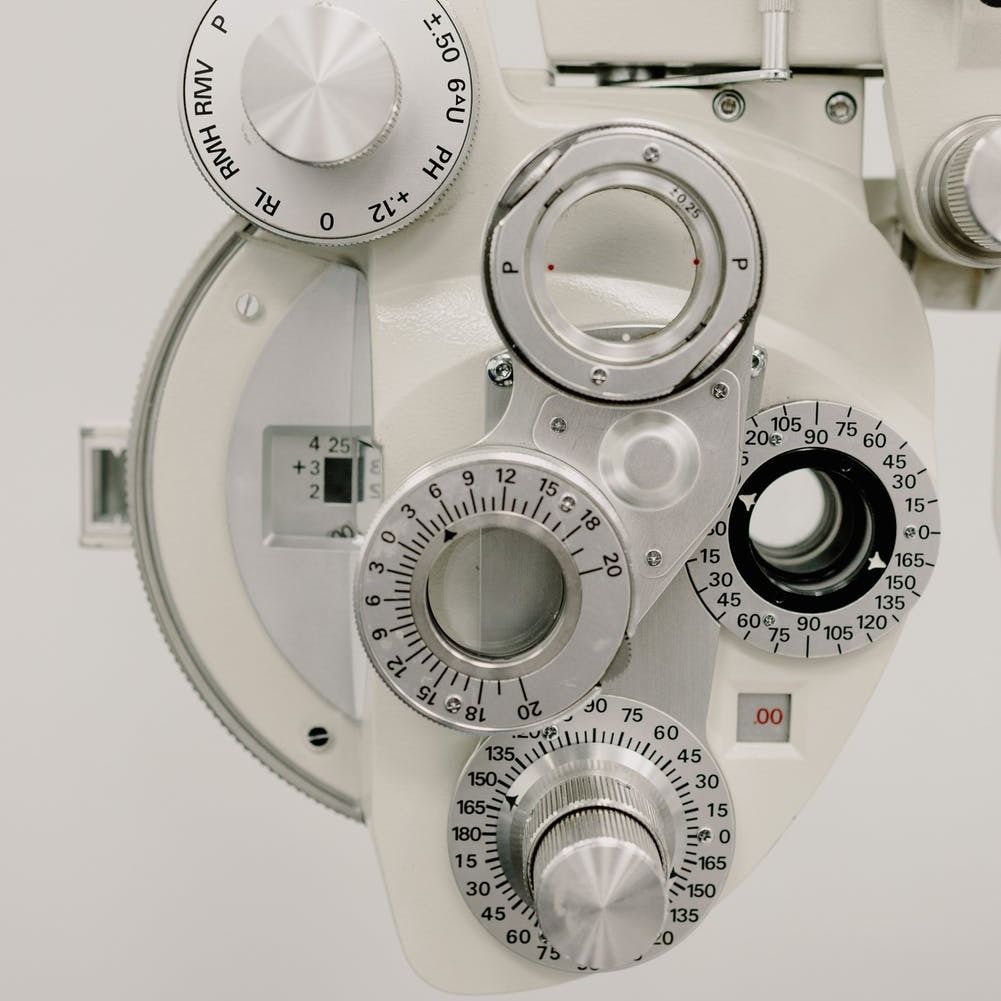Article
Study Assesses Diagnostic Accuracy of OCTA for AMD-Related CNV
Author(s):
OCTA can be used as a support technique to improve patient flow and reduce number of fluorescein angiography.

Evidence from a systematic review and meta-analysis suggests that optical coherence tomography angiography (OCTA) may not be superior to fluorescein angiography (FA) in terms of identifying choroidal neovascularization (CNV) due to age-related macular degeneration (AMD).
To assess the efficacy and diagnostic validity of OCTA, the investigators, led by José María Maesa, PhD, of Health Technology Assessment Area of Andalusia, Spain, evaluated relevant literature from reference databases: Medline, EMBASE, Web of Science, Cochrane Library and Center for Reviews and Dissemination.
The Meta-Analysis
The team looked at studies comparing the diagnostic capabilities of OCTA with FA. All studies (n = 7) included patients with suspected or confirmed AMD. Sensitivity, specificity, predictive values, and likelihood ratios were calculated and/or reported in regard to efficacy.
Non-original studies, such as editorials, research notes, and narrative reviews, were excluded from the meta-anaylsis.
As such, 2 independent researchers screened titles and abstracts and performed full-text analyses. Data—such as patient population/characteristics, design, intervention and comparator—were extracted for anaylsis.
Maesa and colleagues estimated the existence of a threshold effect by evaluating Spearman’s correlation coefficient, and they applied the likelihood ratio test to assess heterogeneity of pooled sensitivity and specificity.
They then performed a Cochran Q test to calculate the pooled likelihood ratio and diagnostic odds ratio.
Results
The included studies represented patient ages ranging from 58.5 years - 77 years.
In all studies, FA was used as the reference tests; however, in 2 studies, both OCTA and FA were combined to establish diagnosis.
The investigators included a total of 553 eyes in their quantitative synthesis of results (which represented 6 of the 7 studies).
“The following estimated pooled values were obtained: sensitivity, 85.9% (95% CI, 81.9–89.3); specificity, 89% (95% CI, 83.5–93.2); positive likelihood ratio, 8.36 (95% CI, 3.05– 22.890); and negative likelihood ratio, 0.15 (95% CI, 0.09–0.24),” the team reported.
The cumulative diagnostic odds ratio was 67.21% (95% CI, 22.58-200.05).
The Spearman correlation coefficient between sensitivity and specificity was 0.486, “implying a poor but direct correlation, which would not indicate the existence of a threshold effect.”
They identified heterogeneity among all tests (P<.05), which they considered to be associated with the various OCTA devices and software used across studies.
“In sum,” the team wrote, “the evidence does not demonstrate the superiority of OCTA over FA, and it has important limitations, such as the presence of abundant artefacts in images and the inability to detect fluids from haemorrhages, serous exudate or retinal pigment epithelium detachment, which compromise its usefulness as the only diagnostic technique in exudative AMD.”
Implications
Nevertheless, they stressed, OCTA has shown effectiveness in the diagnosis of AMD-related choroidal neovascularization.
Maesa and colleagues suggested that combining OCTA as supportive to FA could be useful in managing patients with AMD. Further, using both tests could also help in decision-making for anti-angiogenic treatment.
“[OCTA] can be used in the follow-up of these patients to speed up patient flow and reduce the impact of tests in the latter,” they noted. “Also, OCTA could be useful in the detection of quiescent neovessels not detected by FA, and its potential relevance in the identification of this entity has not been explored.”
The study, “Diagnostic accuracy of optical coherence tomography angiography in the detection of neovasculature in age-related macular degeneration: a meta-analysis,” was published online in Acta Ophthalmologica.
2 Commerce Drive
Cranbury, NJ 08512
All rights reserved.




